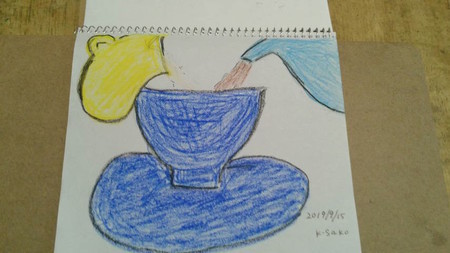After stepping on the soil of Poland for the first time and staying overnight in Warsaw, I returned to Warsaw again after visiting Krakow, Gdansk, Czezhova, Poznan, and the summer resort Zakobane.
Warsaw, which replaced Krakow in the 16th century and became the capital of Poland, was a beautiful city with courts and parks built by successive kings, but was devastated by World War II. Later, due to the enthusiasm of the citizens, the townscape of the past was restored "up to the cracks in the bricks" and was registered as a UNESCO World Heritage Site in 1980 as the "Warsaw Historical District".
When I first set foot in the city of Warsaw, I felt like a person who appeared on the stage of a classical drama. It made me feel elegant for some reason.
This feeling was something I had never experienced when traveling to other cities such as Paris, London, Boston and Lisbon. In these cities, I acted in the same sense of busy daily life as in Tokyo.
All photos are near Warsaw Old Town Square




初めてポーランドの土を踏んでワルシャワで一泊した後に、クラクフ・グダニスク・チェンストホヴァ・ポズナニ・避暑地ザコバネなどを巡って再びワルシャワに戻ってきた。
16世紀にクラクフに変わってポーランドの首都となったワルシャワは、歴代の王が建てた宮廷や公園があちこちに見られる美しい都市であったが、第二次世界大戦で壊滅的な打撃を受けた後、市民の熱意により「煉瓦のヒビに至るまで」往時の町並みを復元して1980年に「ワルシャワ歴史地区」としてユネスコの世界遺産に登録された。
そんなワルシャワの街に初めて足を踏み入れて私が感じたことは、まるで古典劇の舞台に登場した人物の気分だった。何故かエレガントな気持ちにさせられたのだ。
この感覚は私がパリ、ロンドン、ボストン、リスボンなどの他の都市を旅した時には味わうことのなかったものだった。これらの都市では私は東京にいるのと全く変わらない慌ただしい日常生活の感覚で行動していたから。














